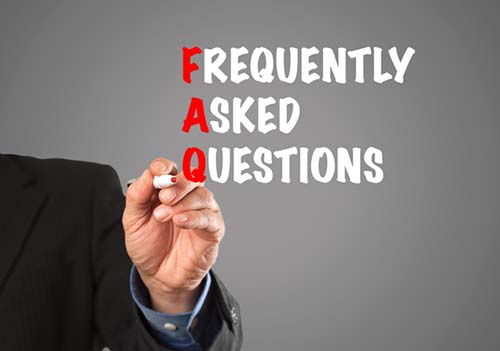Fixtures and fittings - What's the difference and are they important?
By Thomas Brown Estates published on 10/06/19
While moving home and putting down roots in 'pastures new' can sometimes be an exhilarating adventure, there's no doubt that it can often be a somewhat stressful experience too. Typically, there are two sets of estate agents and two firms of solicitors to deal with, as well as having to cope with a multitude of peripheral tasks such as packing, dealing with removal companies, taking meter readings etc.
It's often said that moving home can be one of life's more stressful experiences, but is this really true? Well, according to this 2015 newspaper report, there does seem to be some mileage in this widely accepted theory. The article cites research done by the energy company E.ON which claims that, out of the 2000 adults surveyed, 61% of those who moved within the last 3 years found moving home to be their most stressful life event.
Prepare in advance
With this in mind, it's important to make sure that you prepare adequately and do all you can to minimise any potential stress you may encounter along the way. Doing all you can to avoid any unexpected hiccups both before and after the move is important and one area that you may have not have considered is drawing up an itinerary of 'fixtures and fittings' before you depart. Although this may at first glance appear fairly inconsequential, legal wranglings in the Small Claims Court after the move are more common than you might think.
The prospect of more legal fees and the stress that this alone can induce can be avoided by both parties agreeing in advance what will and won't stay behind at the property. After all, you wouldn't want to move into your new dream home only to find that the previous owner had removed all the light fittings and quite literally taken the kitchen sink along with them!
Fixtures and fittings - What's the difference?
Most of us had heard the terminology 'fixtures and fittings' but how many of us actually know the difference between the two? Whilst the legal definition of both can be somewhat of a grey area, what each one is can be open to interpretation. For example, would you consider fitted blinds to be something that the vendor will be taking with them or leaving behind? Are fitted wardrobes different to free-standing ones and will the vendor want to take their curtains, curtain poles or blinds with them when they depart?
As a general rule of the thumb, an article on the Co-op legal services website playfully suggests that if you were to grab your house and turn it upside-down and then shake it, anything that falls out could be considered a fitting and all that remains could be construed as a fixture. Although this certainly isn't a hard and fast rule, it does provide a simple yet broadly accurate way of approaching it.
Regardless of what your own personal interpretation is, it's far better to deal with any potential ambiguities in advance, thus avoiding the potential for disputes over what should or shouldn't have been left behind or taken. With this in mind, The Law Society provides a handy specimen document called a Fittings and Content form, or TA10, which is designed to avoid any bones of contention once the dust of the move has finally settled. The downloadable PDF provides a useful checklist that deals with the vast majority of items that are found in a typical home; from shower heads to sheds, most common household items are included in the list.
One less thing to worry about
Having a comprehensive list of fixtures and fittings that both parties agree upon prior to moving will be one less thing that you need to worry about and will help ensure that you're not one of the dreaded 61% of stressed-out buyers or sellers.
Other Posts
- Fixtures and fittings - What's the difference and are they important?
- Preparing Your Property For Selling
- When is the best time to view your house?
- Sales Progression Management – what is it?
- Hammond SCRAPS stamp duty on £300,000 properties for first-time buyers as he vows to 'revive the home-owning dream' for Millennials
- Selling your house: 6 cost-effective ways to impress buyers
- Early autumn is a great time for putting your house up for sale
- Packing tips for a stress-free house move
- What makes property value go up?
- 5 Worthwhile Value Adding Investments
- Moving house? Here’s some handy advice to ensure your pets have a happy, stress-free move!





